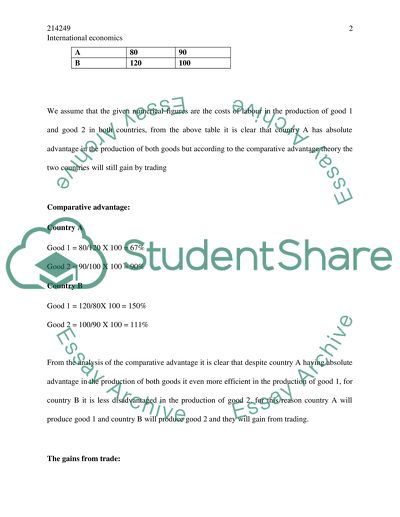Cite this document
(Introduction to Modern Economics Term Paper Example | Topics and Well Written Essays - 1810 words, n.d.)
Introduction to Modern Economics Term Paper Example | Topics and Well Written Essays - 1810 words. Retrieved from https://studentshare.org/macro-microeconomics/1503142-international-economics
Introduction to Modern Economics Term Paper Example | Topics and Well Written Essays - 1810 words. Retrieved from https://studentshare.org/macro-microeconomics/1503142-international-economics
(Introduction to Modern Economics Term Paper Example | Topics and Well Written Essays - 1810 Words)
Introduction to Modern Economics Term Paper Example | Topics and Well Written Essays - 1810 Words. https://studentshare.org/macro-microeconomics/1503142-international-economics.
Introduction to Modern Economics Term Paper Example | Topics and Well Written Essays - 1810 Words. https://studentshare.org/macro-microeconomics/1503142-international-economics.
“Introduction to Modern Economics Term Paper Example | Topics and Well Written Essays - 1810 Words”, n.d. https://studentshare.org/macro-microeconomics/1503142-international-economics.


